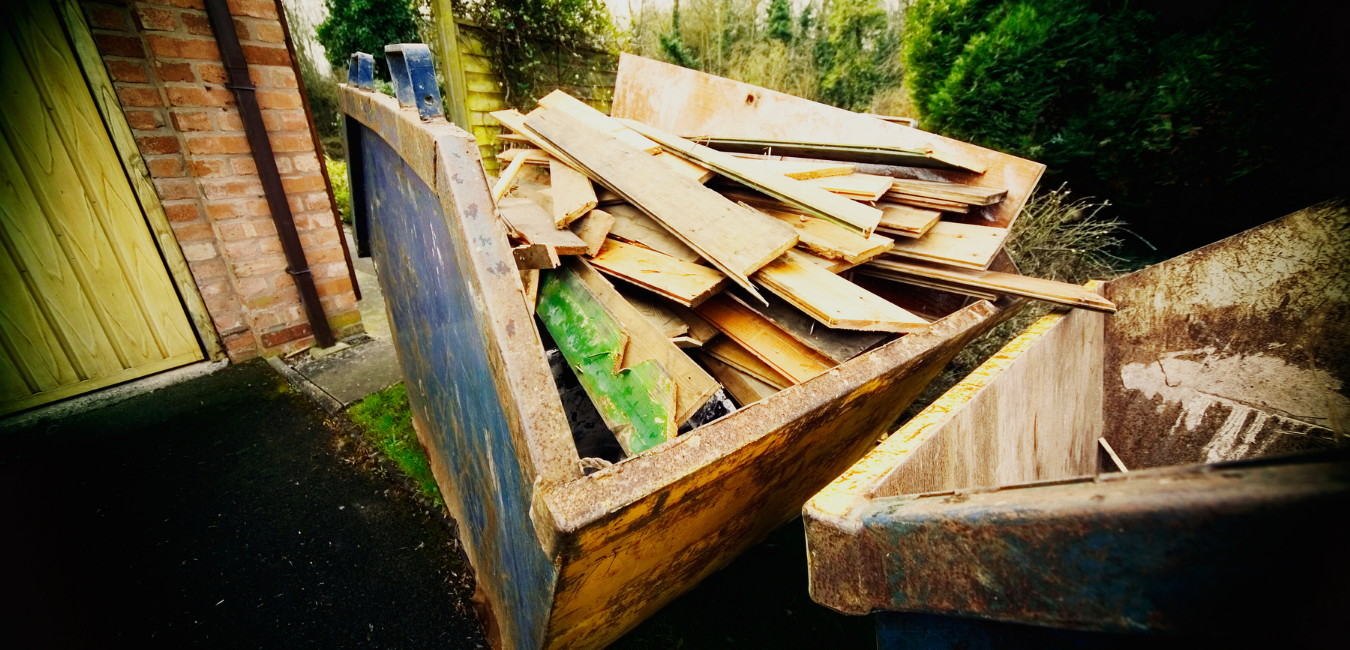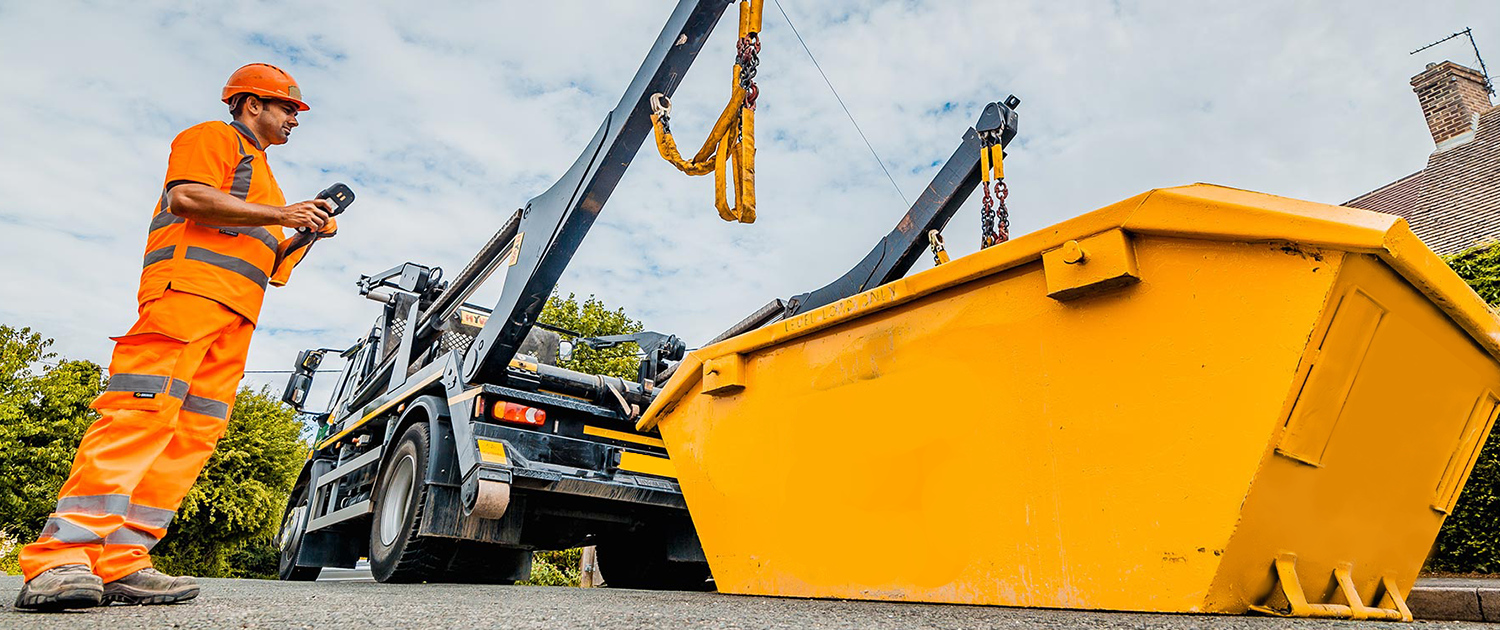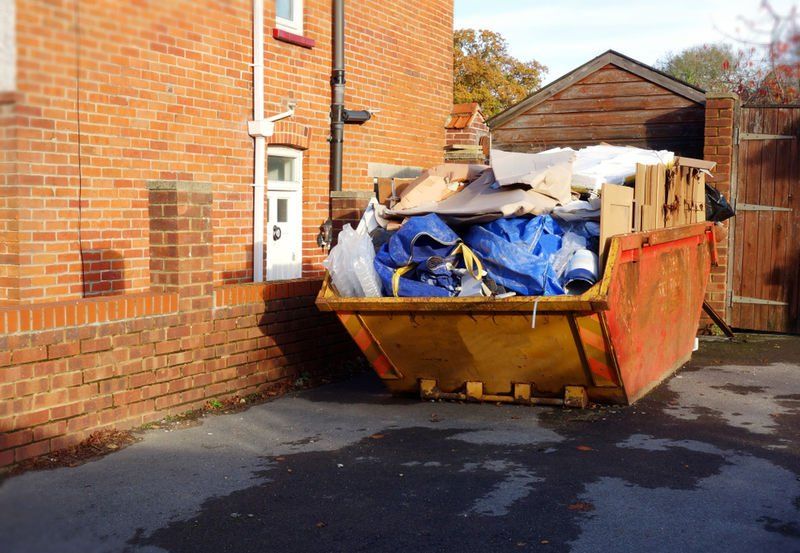...in this article, find out more about overloaded skips, including how to avoid overloading.
How high can I fill a skip?
Every skip has maximum fill lines that indicate the highest level you can fill your skip. None of your items should exceed the top of the lines; if they do, you’ll need to either reorganise your waste or hire another skip.
Why is there a limit?
Skips have a fill limit for safety purposes. Filling a skip above the lines creates a hazard that endangers the skip collector and the general public. Here are the reasons not to fill a skip in more detail:
The skip becomes too dangerous to remove
If a skip is overflowing with heavy objects, it may be too dangerous for skip hire staff to remove. Items could fall out and hurt someone during transportation, or the skip might simply be too heavy to hoist and transport. A particularly heavy skip could damage the truck and the lifting mechanisms.
Items may fall out and hurt pedestrians
An overfilled skip will also be a hazard to the general public. Items that poke out the top of the skip could harm pedestrians. Some items might fall out of the skip and become a hazard to cyclists.
Items may fall out and harm the environment
Waste that falls from the skip could start to rot and pollute the surrounding environment. Waste may also attract flies and other nuisance insects.
What happens if I overfill a skip?
Overfilling a skip could land you with a hefty fine. You may also be required to hire a second skip, which is going to cost you even more. This is why it is crucial that you do not fill your skip above the maximum fill lines.
How to avoid overfilling a skip
Fill your skip strategically, consider filling your skip like a game of tetris: fill all the available space in one layer before moving onto another layer.
You also want to separate your waste into four categories:
Flat items such as cardboard or paper
Tesselate objects (such as tiles or bricks)
Bulky items (of which should be dismantled into their core parts)
Debris such as soil or sand
Begin filling your skip with your flat items. You should completely cover the bottom layer of the skip before moving onto a second layer. Repeat this process for your tesselate items. Do the same with your bulky items, aiming to arrange your waste so that all available space in one layer is filled. Finally, fill all remaining pockets of space with your debris.
Choose the the most suitable skip size for your project
If you hire a skip that is too small, you may need to pay out for a second hire. If you rent a skip that’s too large, you may have overpaid needlessly. That’s why it’s important to find the right skip for your project. At Bedford Skips, we offer skips in a range of sizes to accommodate all types of domestic and commercial projects Check out our skip size guide to find the right size for you.
From 4-yard mini skips to 12-yard extra large skips, we provide skip hire for every project. Hire your skip from Bedford Skips and enjoy quick turnarounds — we even offer same-day deliveries. Plus, we’ll arrange all skip permits on your behalf and recycle as much of your waste as possible.






